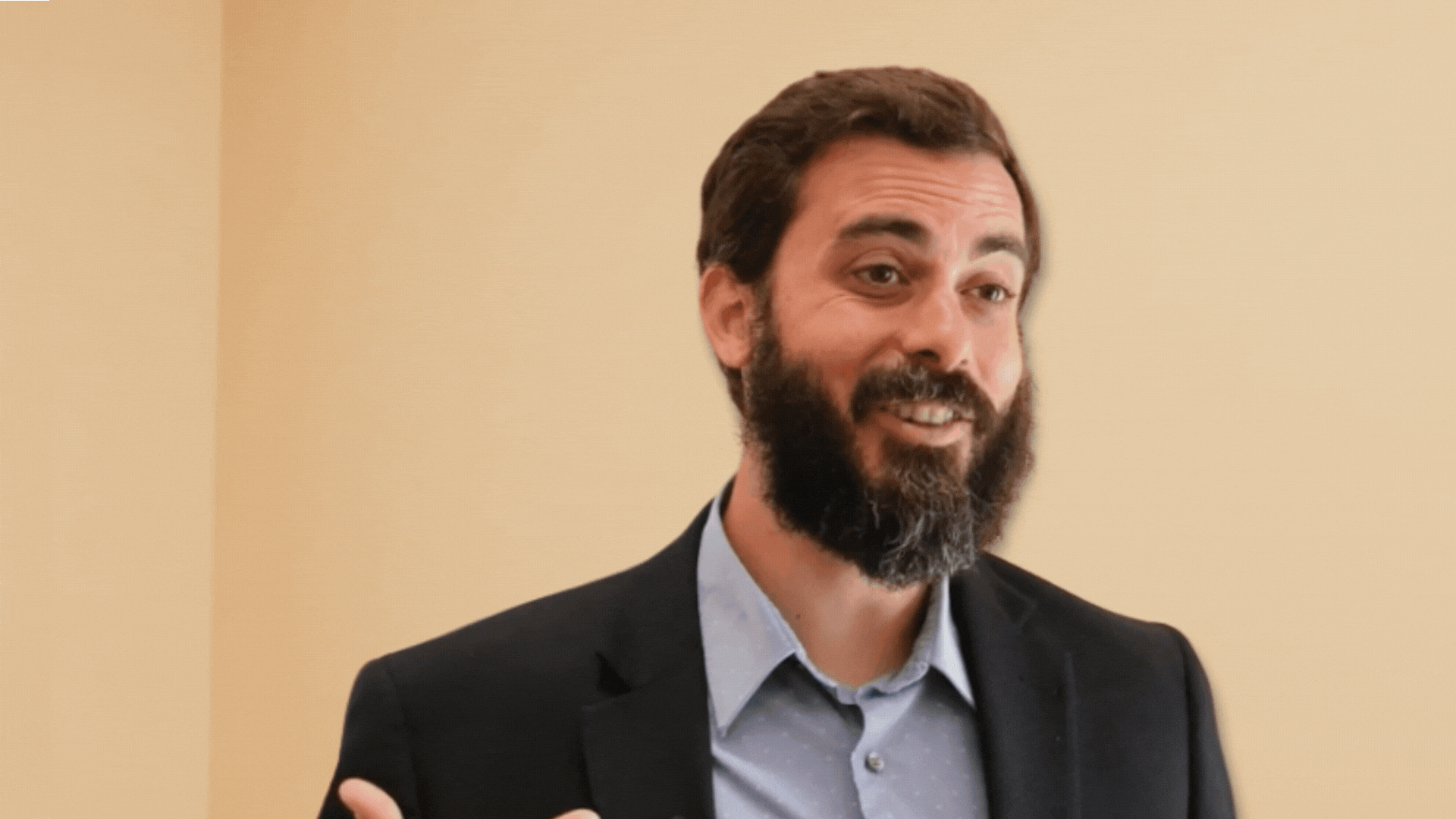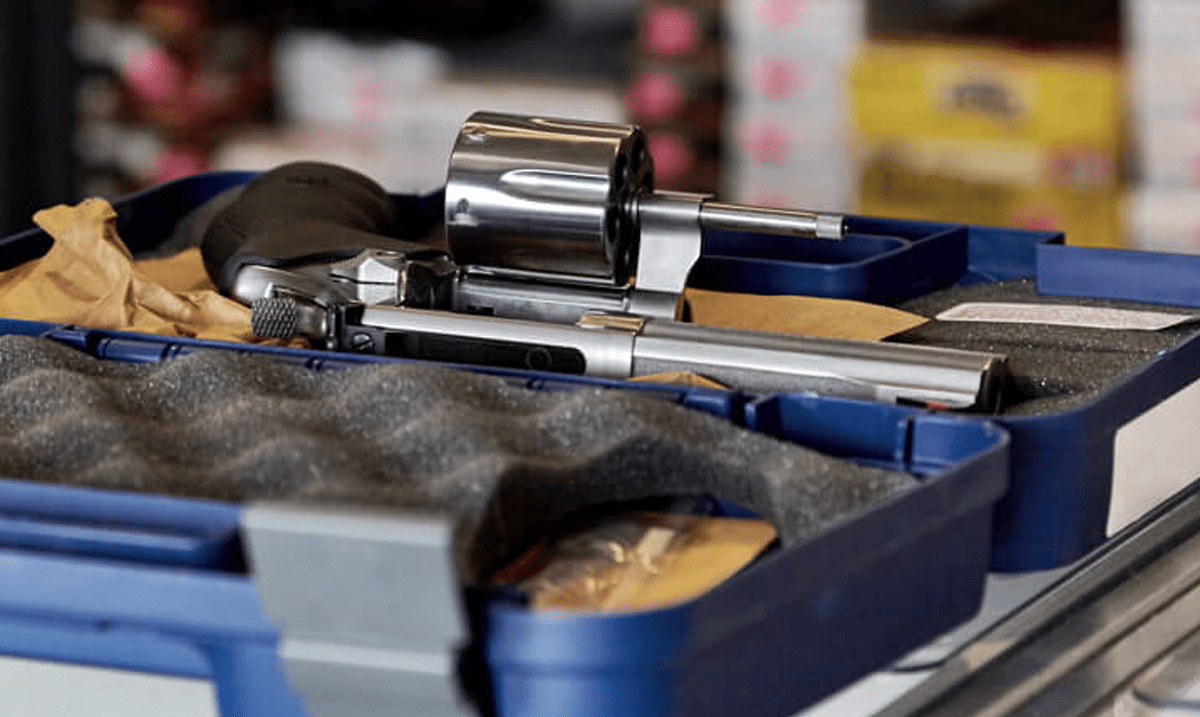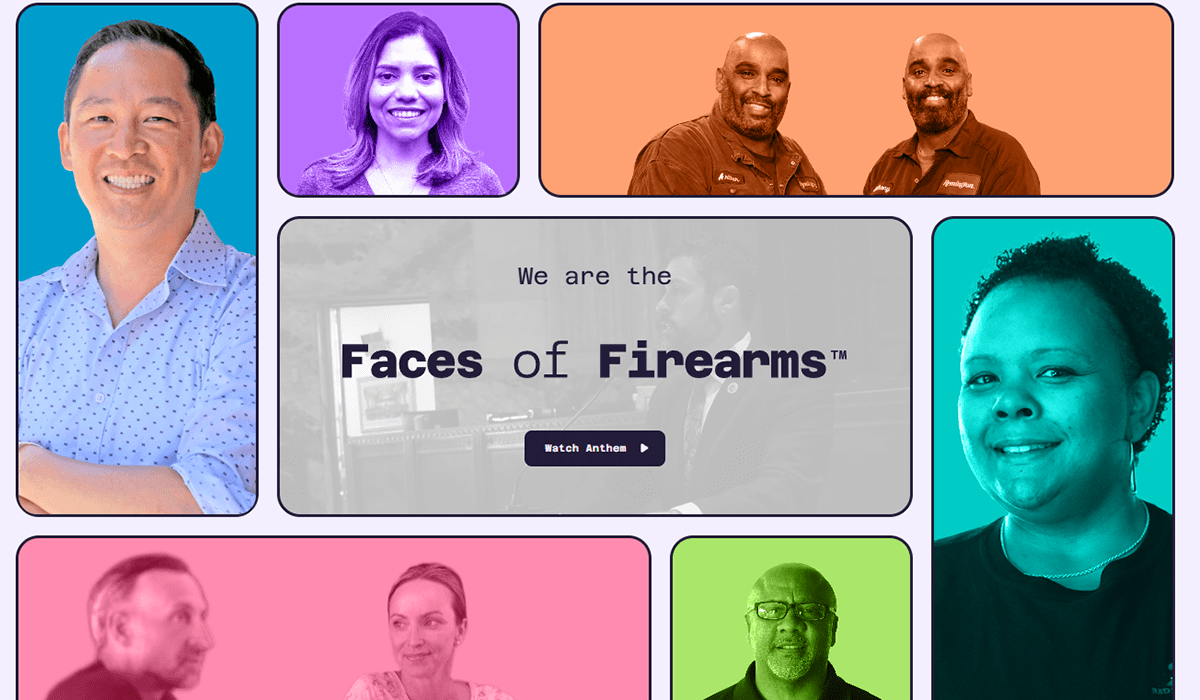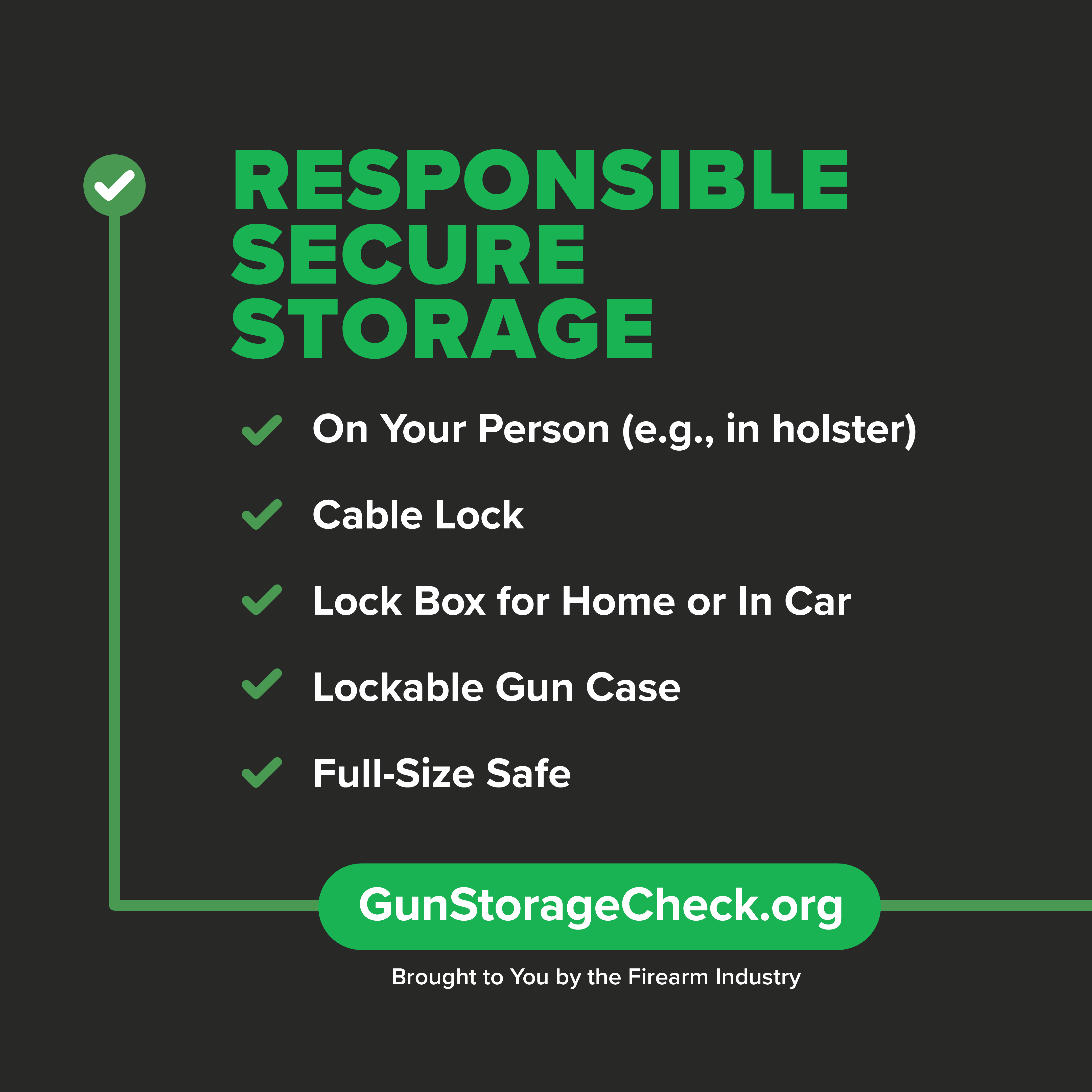 Back to News
Back to News
October 5, 2010
MAIG Study Misuses Firearms Trace Data
In a recent report by the Mayors Against Illegal Guns (MAIG) coalition, an anti-gun organization led by New York City Mayor Michael Bloomberg, the group misuses firearms tracing data in order to push its own gun-control agenda.
Let’s set the record straight:
The Bureau of Alcohol, Tobacco, Firearms and Explosives (ATF) has repeatedly stated, “The appearance of [a licensed dealer] or a first unlicensed purchaser of record in association with a crime gun or in association with multiple crime guns in no way suggests that either the federal firearms licensed dealer (FFL) or the first purchaser has committed criminal acts. Rather, such information may provide a starting point for further and more detailed investigation.” (Crime Gun Trace Analysis Reports, ATF, 1998).
According to ATF, the average time to recovery in the U.S. is more than 10 years. In other words, from the time a firearm is first purchased at retail (following a background check) to the time it is recovered by law enforcement, more than a decade has elapsed. If one were to isolate the top 10 source states, the time to recovery stays a similarly high 9.9 years. These numbers, state ATF, are not indicative of firearms trafficking. Furthermore, every state, every one, is its own top source state for recovered firearms.
The MAIG report also alleges that states with strong regulations and oversight of firearm sales have less firearms trafficking than states that lack such measures. Though countless examples to refute this claim exist, let’s focus on three: California, Virginia and South Carolina.
· The Golden State, with some of the strictest gun laws in the country, is the source state for 73 percent of its own recovered firearms. This means that nearly three-quarters of the firearms recovered in California were originally bought in the state. Neighboring Arizona, where the state legislature respects the Second Amendment and trusts its law-abiding citizens to exercise their right to keep and bear arms, has a paltry seven percent of the guns recovered in California. What’s more, that seven percent makes the Grand Canyon State the second highest source of recovered firearms for California!
· The Commonwealth of Virginia, though it restricts law-abiding citizens to only one-gun-a-month, is considered to be a top source state by the MAIG — a seeming disconnect with the organization’s claim that tough gun laws limit trafficking.
· In South Carolina, one-gun-a-month was repealed (allowing for more guns in the hands of law-abiding citizens) and, like the rest of the U.S., South Carolinians experienced a decrease in violent crime. For the purposes of the MAIG study, South Carolina, without one-gun-a-month, didn’t even crack the top 10 on the MAIG list of source states.
The MAIG coalition criticizes the laws of the so-called “exporter” states. Yet, as gun ownership in the United States has soared, crime rates have plummeted in both the states MAIG likes and the states it dislikes. Mayor Bloomberg and his coalition fail to recognize that the laws of the states he criticizes are made by the democratically elected state legislators and represent what the citizens of those states want them to be (so long as they respect the Second Amendment). Though Mr. Bloomberg may wish he was the Mayor of America, he’s not. He’s just the mayor of the City of New York, and the Second Amendment applies in Manhattan as much as it does in Mississippi.
Categories: Government Relations, Top Stories









